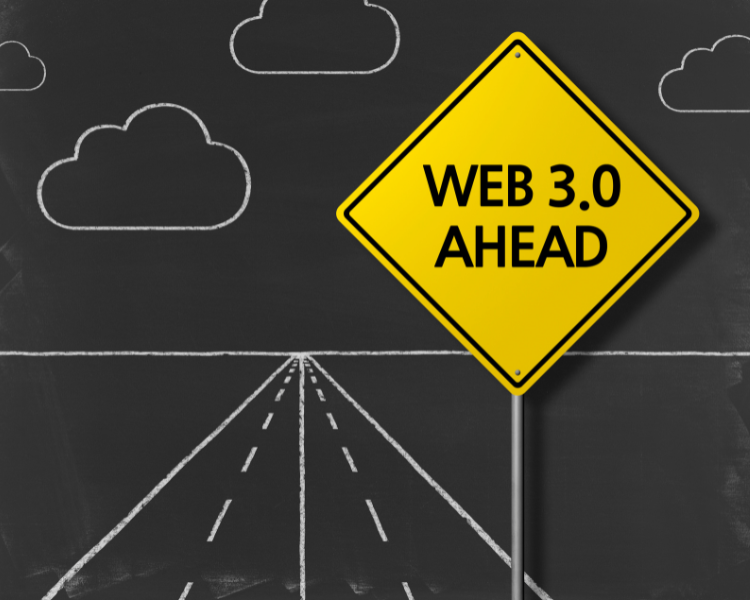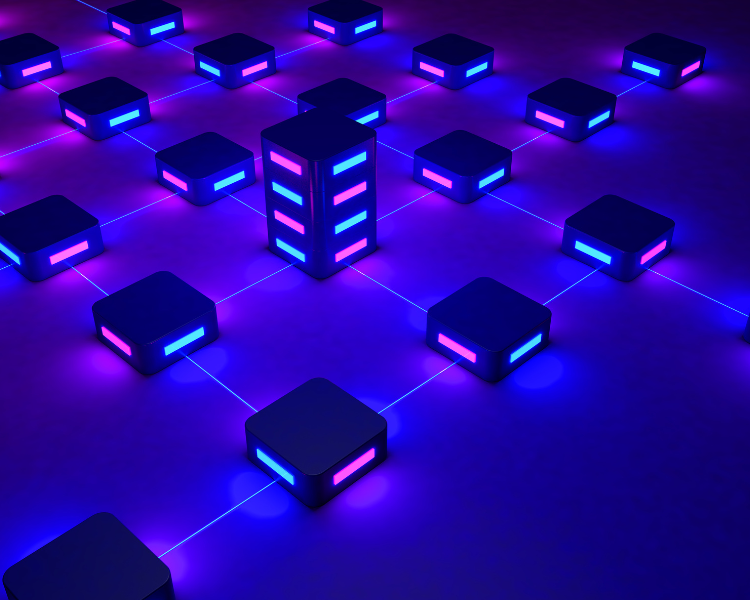The Internet is one of the most revolutionary technologies in our history. From the time it was introduced, it has modified the way we take classes, hold meetings, have our favorite food delivered to our doorstep, or even jump on the latest trend on Tiktok. The internet has significantly changed the way humans interact and live their daily lives.
Nowadays, we are seeing a new phase of the Internet unfolding and what many are calling the future of the Internet – Web 3.0 (also known as web3).

What is Web 3.0?
Web3.0 is a new iteration of the internet that aims to end the centralized internet’s dominance. It uses Blockchain technology to encourage decentralization and user ownership.
To give more context to this definition, let’s have a quick look at how the internet evolved to where it is today.
A brief history
The first phase of the web, Web 1.0 (1990 – 2005), was defined as the “read-only web”. Here, creators served data and information in the form of text and images. Users are able to view or read the content but there was no means to comment, react, or ask questions about it. Basically, it’s like a huge version of Wikipedia.
Web 2.0 (2005 – 2022), on the other hand, is known as the “interactive and social web”. People can now read and write content on websites and applications. It saw the rise of e-commerce, influencers, social media, apps, and more. New business models opened up and the majority of the consumer landscape became digital.
However, this collaborative and social nature of the internet comes at a cost. Web 2.0 basically functions by having user data collected by a centralized entity, then the data can be used by third parties for marketing purposes.
This becomes an issue because this system can be easily exploited. We have experienced several data breaches that have exposed sensitive and personal information from millions of users. Also, users’ data are being used without their consent, and are left with no control over the situation.
This is one of the main issues that Web 3.0 is trying to address. Web 3.0 is a more transparent internet that (with the help of blockchain technology) aims to create a more interactive and secure experience for users.
The way data is acquired and managed will be one of the most important changes that we will experience. It has the potential to put the consumer in control, giving them more say over who gets their data and how they use it.

Centralized vs. decentralized
It is said that over 43% of internet traffic is controlled by 5 major companies: Facebook, Google, Amazon, Apple, and Netflix. It is safe to say that they have control over what goes out and stays on the internet. This means that users can create the content they want, but the power to control how this content is distributed lies with these major companies. This is the concept of having a centralized way to distribute content.
The decentralized concept, on the other hand, means that distribution is run by all users and therefore, not controlled by anyone. It is an open-sourced web that takes advantage of the blockchain system to allow users to engage in a trustless and permissionless manner. It also includes a significant amount of smart technology, machine learning, and artificial intelligence.
What does Web 3.0 mean for my business?
By providing a tamper-proof record of transactions via blockchain, Web 3.0 technologies can assist to promote transparency and trust between businesses and their customers. Customers can monitor where their items are at each stage of the manufacturing process using a real-time supply chain view.
Furthermore, marketing strategies will also need to be revamped since users now have the power to choose which advertisements they want to see and also be compensated for it. Brands will need to create content covering topics that are seen from different perspectives to cater to different buyer personas.
Businesses can also take advantage of blockchain technology to boost their marketing strategy. Imagine selling NFTs as access to virtual events, or membership access to physical stores. Virtual reality programs can now also be used to promote products such as clothing or furniture where the consumer can see what the actual product would look like on their body/space without having to go to the physical store.
Closing thoughts
They say the only thing constant in life is change. And that change is already here. History shows that those who refuse to adapt to change become obsolete. That’s why it helps to be in the know so that you can prepare yourself and your business for what’s to come and survive and thrive in the future.
Contact Us
If you have a business and you need assistance in building a digital strategy that delivers results, get in touch with Be Eminent today for a consultation.